Building fences on level ground is relatively simple, not all yards however are completely flat. Erecting one on a sloped or uneven terrained property poses a challenge. If you are planning to fence around such land contours, we offer steps and methods to guide you with the project.
Fence panels should be kept level so that the top stays flat. If fences are installed at an angle, it would affect the strength of the posts and the integrity of the entire structure. For slightly sloped yards, the fence could follow the contour of the ground.
The following text contains the basic components of a fence, different types of sloped or uneven fencing, and other pertinent material you may find helpful with the undertaking.
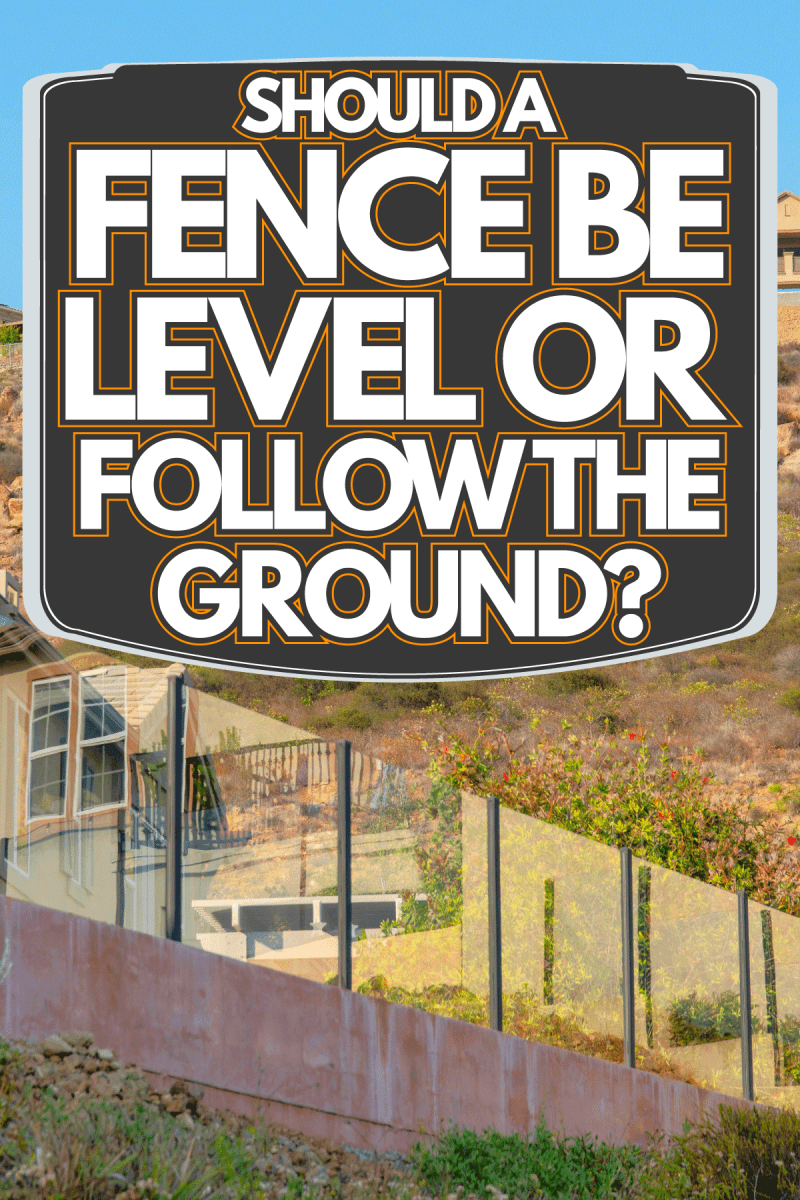
What are the basic components of a fence?
Fences vary in structure, material and style but all share the basic components, knowing them will assist you build, repair and maintain your fence.
1. Wooden fences
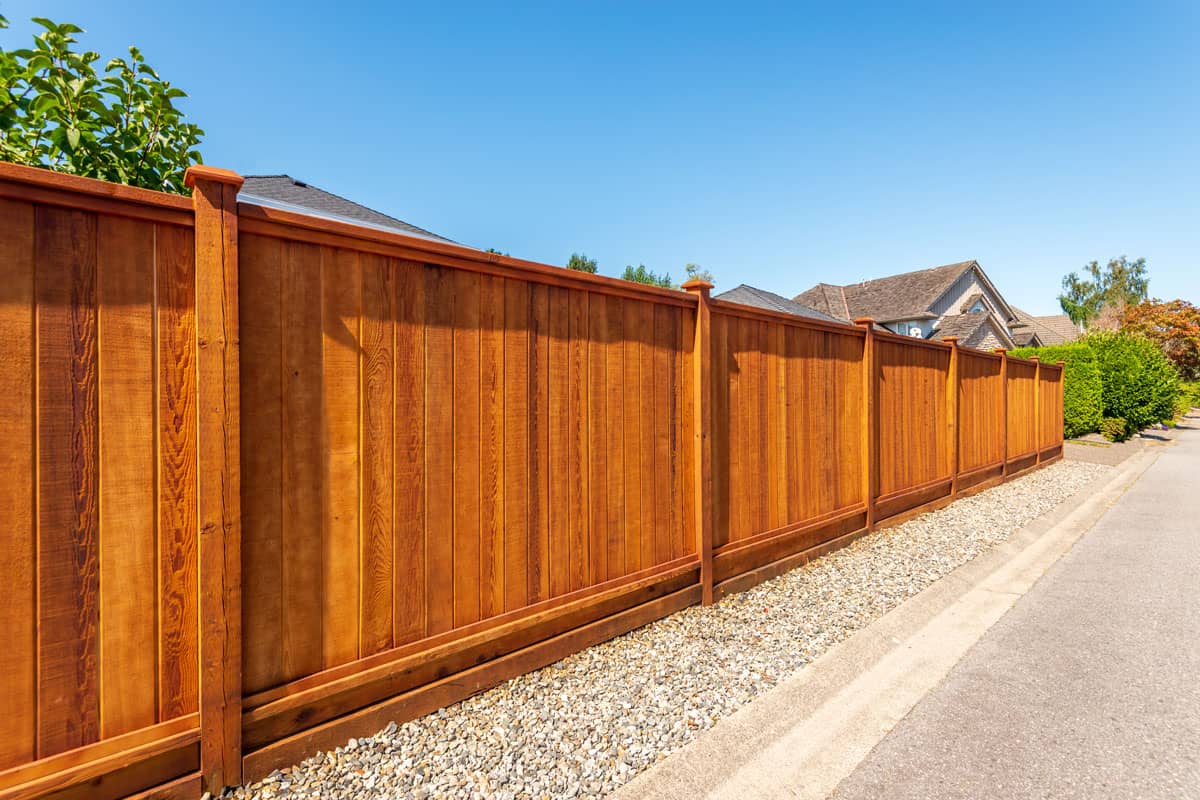
Posts
Posts are vertical components rooted into the ground. They serve as the foundation of your fence and determines its strength. They must be chosen carefully and installed properly. It is best to use a concrete base for your post to prolong its lifespan, and to utilize pressure-treated lumber.
Rails
Rails are the horizontal components of the fence running parallel to the ground spanning one post to the next. A top, bottom and sometimes middle rail provide the attachment points for the vertical panels or boards. Sturdy attachment determines the strength and durability of the entire fence.
Panels or Boards
The vertical panels attached to the rails constitute the front face of your fence. Since it is the visible part of the structure, the material should be chosen carefully for aesthetic and maintenance considerations.
Vinyl panels with wood design are an alternative, they require little maintenance and do not have to be replaced as often.
2. Metal fences
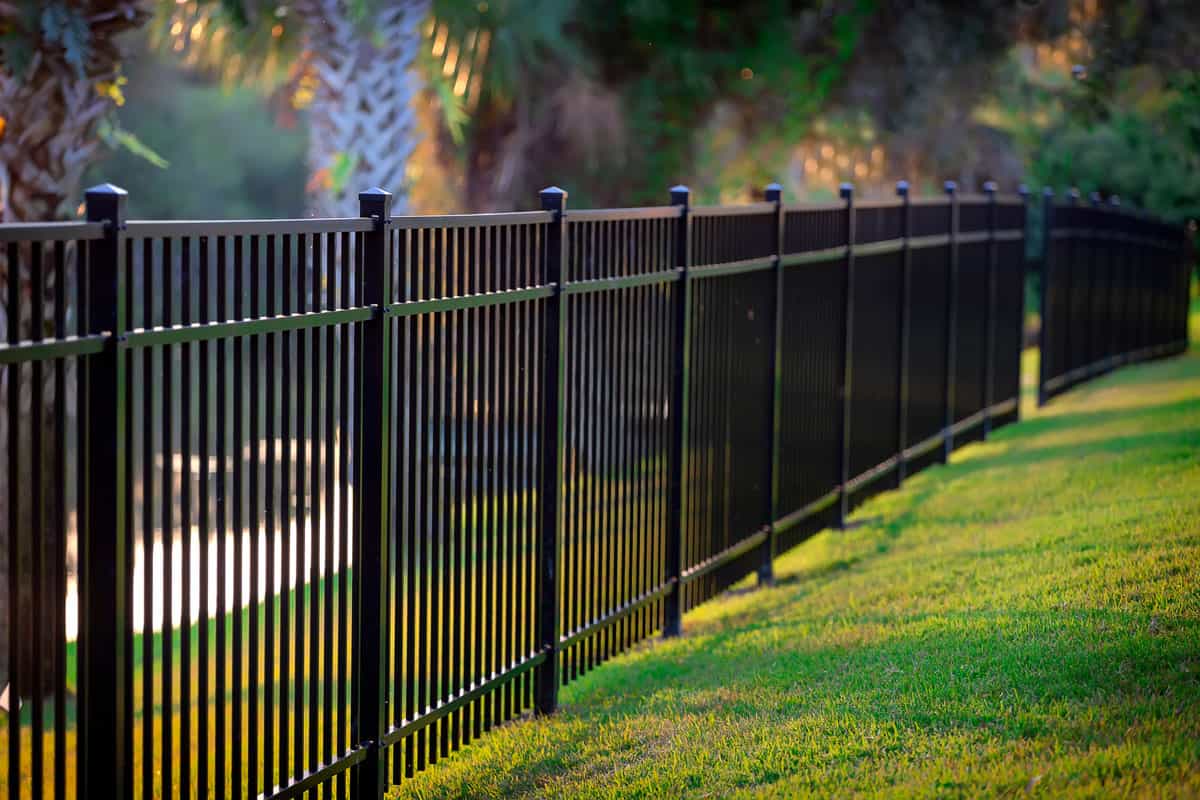
Metal fences such as chain-link, ornamental or wire are preferred by most property owners because they are durable, require little maintenance and are more affordable than hardwood. Metal fences consist primarily of posts and rails with different hardware fasteners to connect them.
Depending on the specific design, a more basic structure would require less materials than ornate, decorative fences.
3. Other types
Vinyl and composite fences are prefabricated synthetic materials designed to last longer, be maintenance free and easier to install. They are comprised of the same basic components of posts, rails and pickets or boards.
Depending on which manufacturer you choose, installation and warranty may come with the contract package. They usually cost more then metal and wood fences but feature a wider range of choices in style and design.
Budget and Pricing

The value you get for your money is always important. Consider the following: metal fences, specially the chain-linked type are the most affordable, last longer, and are almost maintenance free.
It may not provide the best privacy but if the purpose of the fence is basic enclosure, a metal fence is ideal for your needs.
Wood offers versatility in both design and cost, depending on the specific lumber you choose. They require, however, more repair and maintenance.
Custom made or prefabricated fences are the most costly, more so if installation is included. Vinyl and composite materials usually last and in the long run you truly get your money's worth.
How to build fences on sloped terrain?

The combination of two posts, rails and boards constitute a fence unit or panel. When buliding your fence on uneven terrain, they act as individual components which makes the process easier. Simply establish or erect the posts and interconnect the panel units.
These are the methods:
1. Level-topped Fence
If your property's terrain is generally uneven but does not slope considerably, you may be able to install a level-topped fence. Depending on the depth of low areas, you may fill them with soil, rocks or gravel to make the surface uniform. Establish the post and foundation then complete the process.
2. Stepped Fencing
If the slope you have to deal with is steep, stepped fencing is your best option. Each panel is positioned higher than the one before creating a stair-like structure. It may not provide smooth continuity but it can accomodate deep gradations without installing a slanted fence line.
However, this specific design leaves a gap between the panels, small children and pets may be susceptible to harm. Fill in the spaces with soil or rocks, or use custom made gravel boards to enclose them completely.
3. Racking Fencing
As mentioned, it is possible for the fence to follow the lay of the ground, this process is racking or stacked fencing. The posts are positioned at different levels, as dictated by the terrain and the rails between them are attached parallel to the slope.
Finally the boards or pickets, which remain upright, are installed following the angle of the ground. Racking fences however are suitable for gradual slopes since steeper grades would create an irregular appearance.
4. Custom Fencing
If your property or yard is highly irregular with steep uneven terrain, custom fencing is the best option. Materials are prepared and installed on-site to conform and match your land's specific needs. Custom fencing will achieve a uniform and continuous appearance that totally encloses your yard.
What are the building specification for fences?
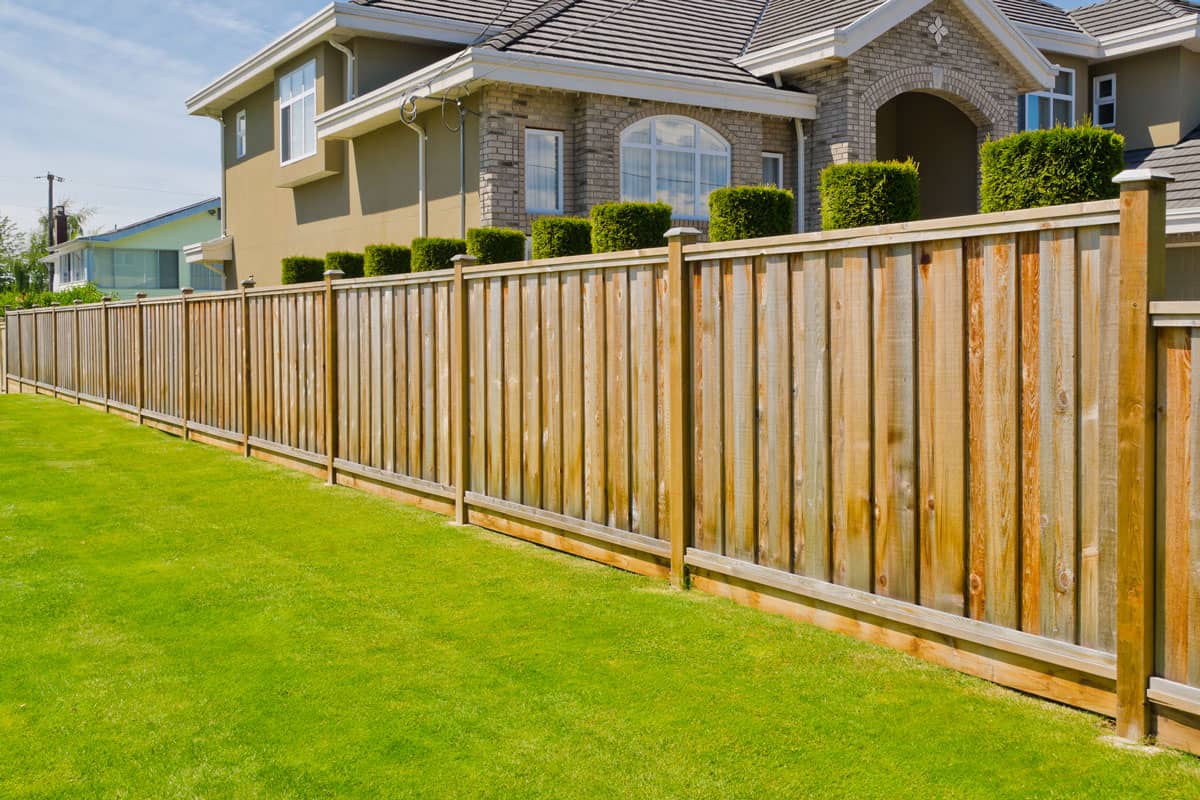
Now that we have established the components of your fence and the methods of installation, you have to consider the building specifications.
Depth of the Post Foundation
The general principle when setting a post is that the depth of the excavation needs to be at least one third of the above ground height of the fence. Depending on soil density, climate and terrain, it may be adjusted to half.
Therefore, if your post is six feet high from the level, it should be set two to three feet deep below ground.
The material and weight of the fence must also be taken into consideration. The standard distance between posts is 8 to 12 feet. For sloped or uneven terrain you can position the posts closer for better fence stability.
Spacing Between Rails
Fence rails, together with the posts determine the strength of your structure. The general rule is to have a horizontal rail for every 24 inches of fence height.
Given the same six foot fence, you should install four rails, a bottom, two middle and top one. For wooden structures, 2-foot by 4-foot sized lumber is most suitable.
Panel/Picket Placement
Pickets or panels may be installed side by side or there can be gaps between them. This would depend on the overall purpose of your fence, if you want privacy and protection, a closed fence is the best option.
For decorative or aesthetic reasons like landscaping or setting property boundaries, you can design your fence according to preference. One important consideration in gapped fences however is the presence of small children and pets.
In summary
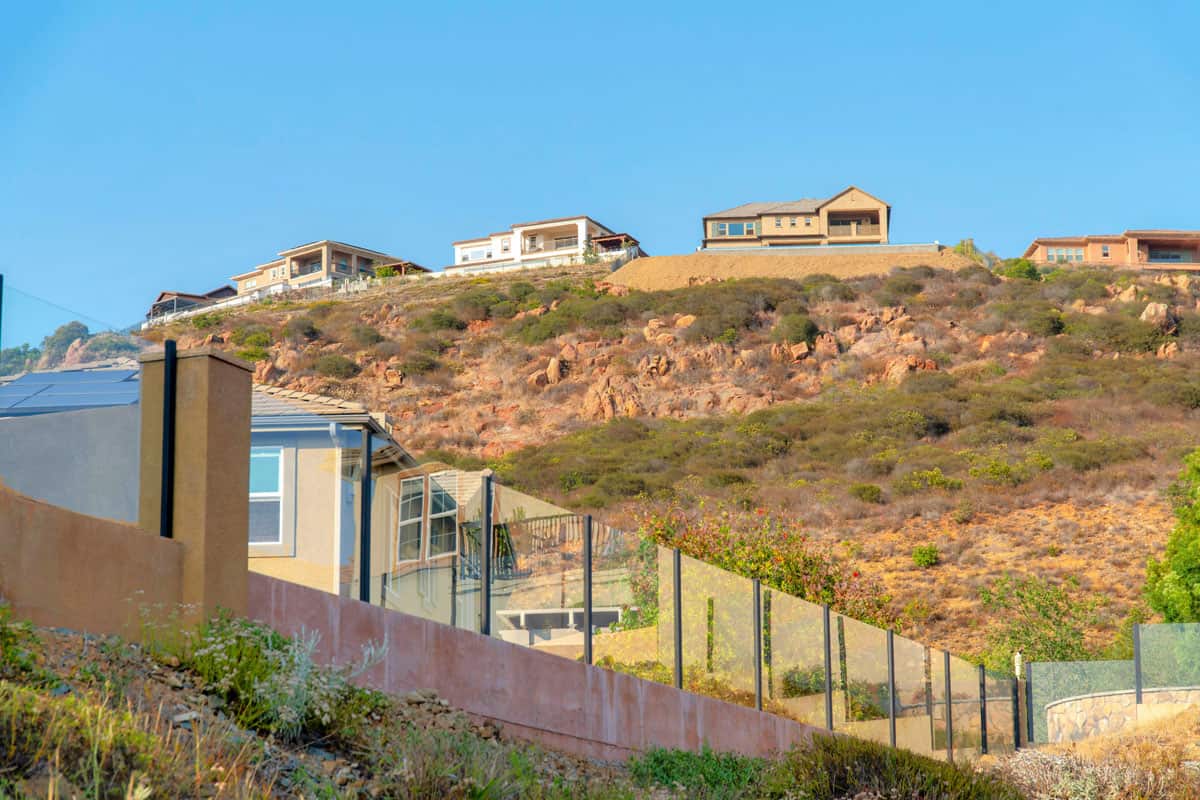
Building your fence on level ground or sloped terrain is best carried out with planning considerations. Knowing the general purpose, right material and overall design will ensure that you are beyond satisfied with the outcome. We hope the article proved helpful.
Here are some other informative topics:

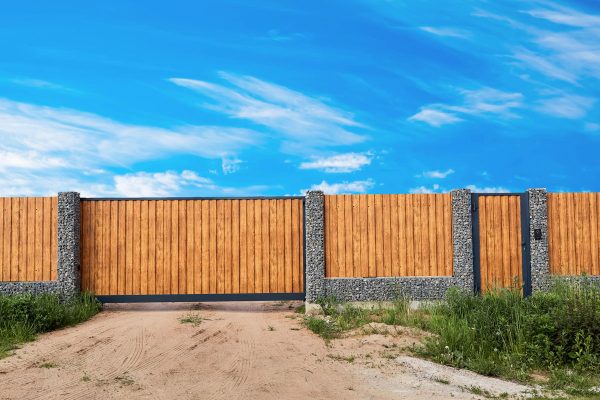
![Close board fence erected around a garden for privacy with wooden fencing panels, concrete posts and kickboards for added durability, Are Gravel Boards Treated? [And How Long Do They Last]](https://fencefixation.com/wp-content/uploads/2022/06/Close-board-fence-erected-around-a-garden-for-privacy-with-wooden-fencing-panels-concrete-posts-and-kickboards-for-added-durability-600x400.jpg)
![Wooden fence with green lawn and trees, Stepped Vs. Racked Fence Installation [Where & How To Use Each]](https://fencefixation.com/wp-content/uploads/2022/06/Wooden-fence-with-green-lawn-and-trees-600x400.jpg)